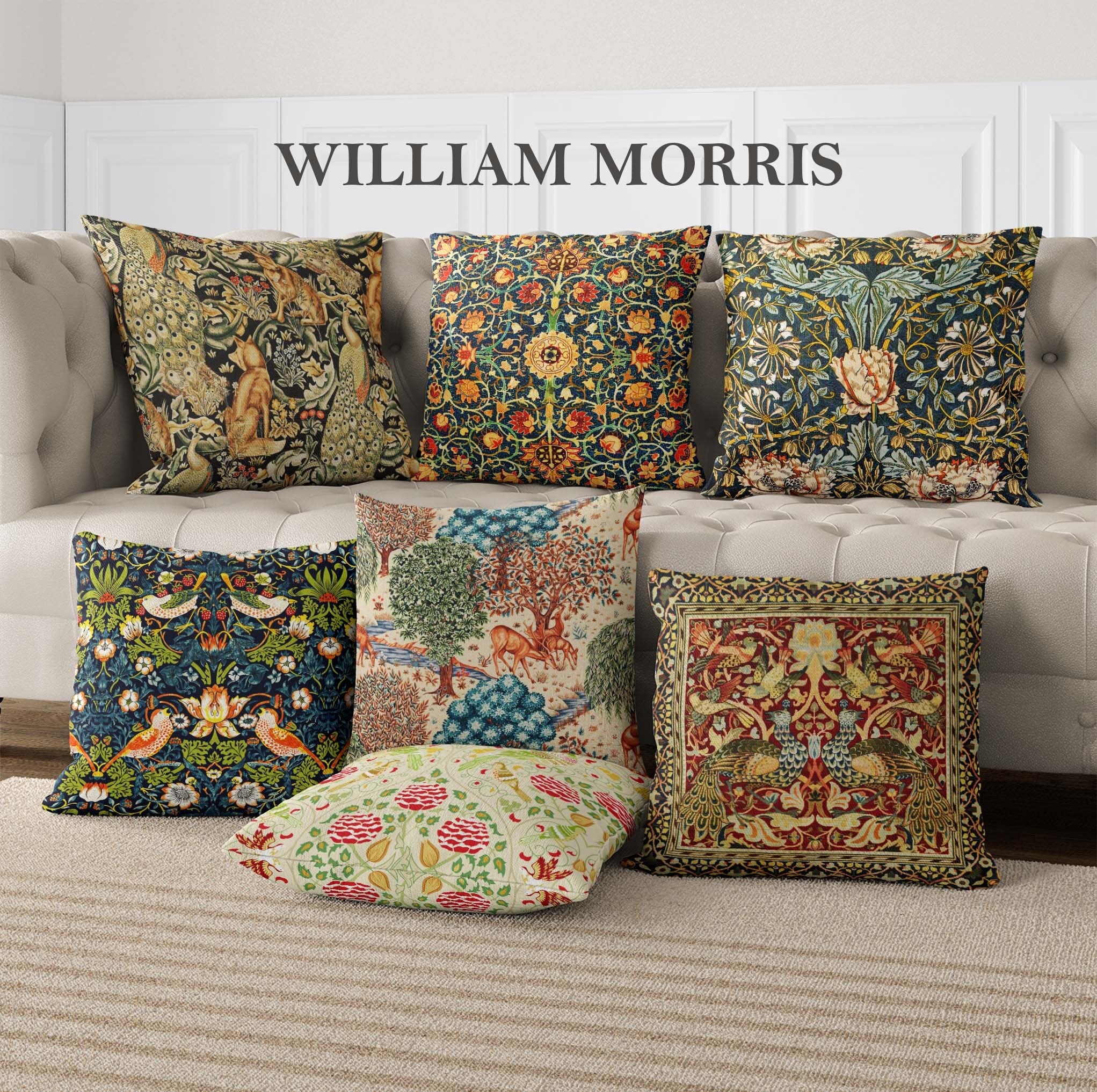The Facts About Unique Art Uncovered
What Does Unique Art Do?
Table of ContentsThe Only Guide for Unique ArtThe Best Strategy To Use For Unique Art7 Simple Techniques For Unique ArtSome Known Facts About Unique Art.
While one may debate which art type holds precedence, the truth stays that each of these seven forms offers a distinct home window into human background, society, and advancement. They are the tapestries that chronicle our journey, reminding us of our past while motivating visions for the future.Great artwork narrates, makes people look twice, and produces an one-of-a-kind experience that can not be matched. Art and pictures interact every one of that via shade, shape and other layout components. Learn how to make your special art work attract attention from the crowd.
3 Emil DervishIn this entrance by Emil Dervish that stunning cobalt blue door takes the program. To bring also more drama, he expanded the paint. to the doorframe and the wall surface up, ending up in a curved form. The curves, in addition to a round sconce, soften the edges - Unique Art. Structures vintage posters and maps of cherished locations established the scene.
8 TRIA GIOVANEqual components grand and laidback, this foyer developed by Anthony Baratta is the ideal plan to adhere to if you're embellishing a formal entry that still feels unfussy and comfy. Formed textiles take spotlight (see the rugs and the sofa), but they also assist bring the high ceilings to a human range when hung over wallpaper.
Unique Art Can Be Fun For Anyone
18 Heidi Caillier DesignA gallery wall surface doesn't need to take up the whole space. Sometimes a little one can make a bigger style declaration. In this living room, Hiedi Caillier went with micro-mini frames and an arbitrary structure. Promotion - Continue Reading Below19 Stephen Kent JohnsonDesigner Juan Carretero selected a deep green paint shade to comparison with the light wood surfaces.
, the expression of concepts and feelings, with the creation of certain aesthetic qualities, in a two-dimensional aesthetic language. The components of this languageits shapes, lines, colours, tones, and texturesare made use of in different ways to produce sensations of quantity, room, motion, and light on a flat surface area. These elements are integrated right into meaningful patterns in order to stand for genuine or mythological sensations, to analyze a narrative style, or to produce entirely abstract visual connections.
Later on the idea of the "fine artist" developed in Asia and Renaissance Europe. Popular painters were managed the social status of scholars and courtiers; they signed their work, decided its design and commonly its subject and images, and developed an extra personalif not always amicablerelationship with their patrons. During the 19th century painters in Western societies began to shed their social placement and secure patronage.
The Of Unique Art
Others made an income with touring exhibits of their work. The demand to appeal to a market had changed the comparable (if much less impersonal) demands of patronage, and its effect on the art itself was possibly comparable. Typically, artists in the 20th century could get to an audience just through business galleries and public museums, although their job might have been sometimes reproduced in art regulars
For the background of paint in ancient Egypt, see Egyptian art and style. The advancement of paint in different areas is treated in a number of articles: Western paint; African art; Main Asian arts; Chinese paint; Islamic arts; Japanese art; Oriental art; Indigenous American art; Oceanic art and architecture; South Oriental arts; Southeast Asian arts. For a discussion of the forgery of artworks, see bogus. For a conversation of the role of paint and various other arts in religious beliefs, in check out here addition to of the usage of religious icons in art, see religious symbolism and iconography. For info on other arts related to painting, see write-ups such as drawing; people art; printmaking. , even when a paint's narrative significance is unknown.
Do not duplicate the style of other artists if additional reading you're searching for your design. Copying other individuals's art work can be wonderful in educational functions yet it will certainly not make you closer to discovering your own unique style. Your creative style has to be, what you such as and what influences you.

The Facts About Unique Art Uncovered
You require to attempt great deals of various options and explore everything before you can concentrate on one certain design or you'll be tired, or even worse, you'll dislike your own style. So I suggest you to attempt every subject that you have an interest in, discover as long as you can. Attempt different mediums that excite you and brand-new strategies you have actually never ever tried prior to.
With time you'll be able to arrange all of them into your favorite and the very least favorite groups. Try to concentrate your attention on the topics and mediums that you like and prior to you see it coming you'll have your own personal and unique design, like no one else have! So in the long run you'll have a few favorite topics to paint and possibly a few favorite mediums.
